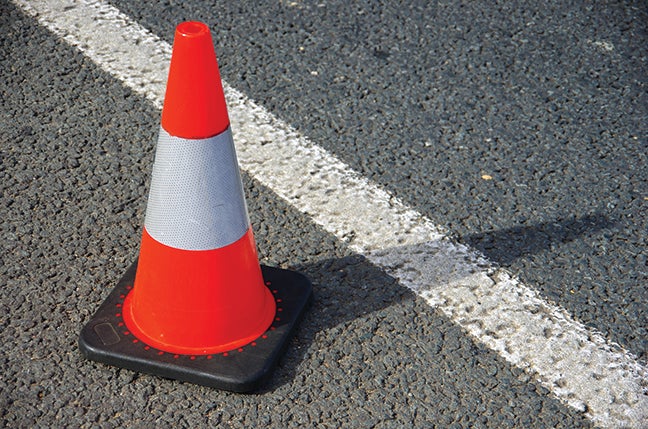State police now targeting drunks with new technology
Published 12:00 am Saturday, July 1, 2000
LEONARD GRAY / L’Observateur / July 1, 2000
KENNER – If it’s your habit to drink and drive, the Louisiana State Police are looking for you – and they have some new tools to find you on the state’s highways.
Officials this week announced a new pilot program to reduce Louisiana’s high rate of alcohol-related accidents and fatalities. Funded by a $1million federal grant, the program placed video cameras in State Police cars in 16 parishes which have the highest rate of such accidents.
Those parishes, in order of highest first, are Jefferson, Orleans, Calcasieu, East Baton Rouge, Caddo, St. Tammany, Lafayette, Terrebonne,Lafourche, Ouachita, Rapides, Bossier, Ascension, Tangipahoa, St. Landryand Livingston.
“We’re hoping to send a clear message to the public not to drink and drive,” said Kevin Cannatella, spokesman for Troop B in Kenner.
The cameras will be used to videotape DWI traffic stops and help insure the conviction of each case.
“It’s a little harder to dispute in court,” he said.
In addition, 100 troopers will be equipped with a portable breath analyzer, called an “Intoxilyzer,” about the size of a cellular telephone. These willallow troopers to quickly determined whether an impaired driver is impaired due to alcohol or drugs.
The problem is that Louisiana had the sixth-highest percentage of alcohol- related traffic fatalities in 1998, the latest year for which statistics are available.
Drivers aged 18-24 made up only 13 percent of licensed drivers, but 29 percent of drivers using alcohol in fatality traffics. For the age groups18-20 and 21-24, the alcohol-related crash rates for male drivers was five times the rate for female drivers.
“So that’s who we’re targeting,” Cannatella said.
The goal is to reduce drunk-driving fatalities by 5 percent, or 50 lives, by 2005, he added.
“If you can take the time to designate a driver, you can end a lot of this needless loss of life,” Cannatella continued.
Return To News Stories




